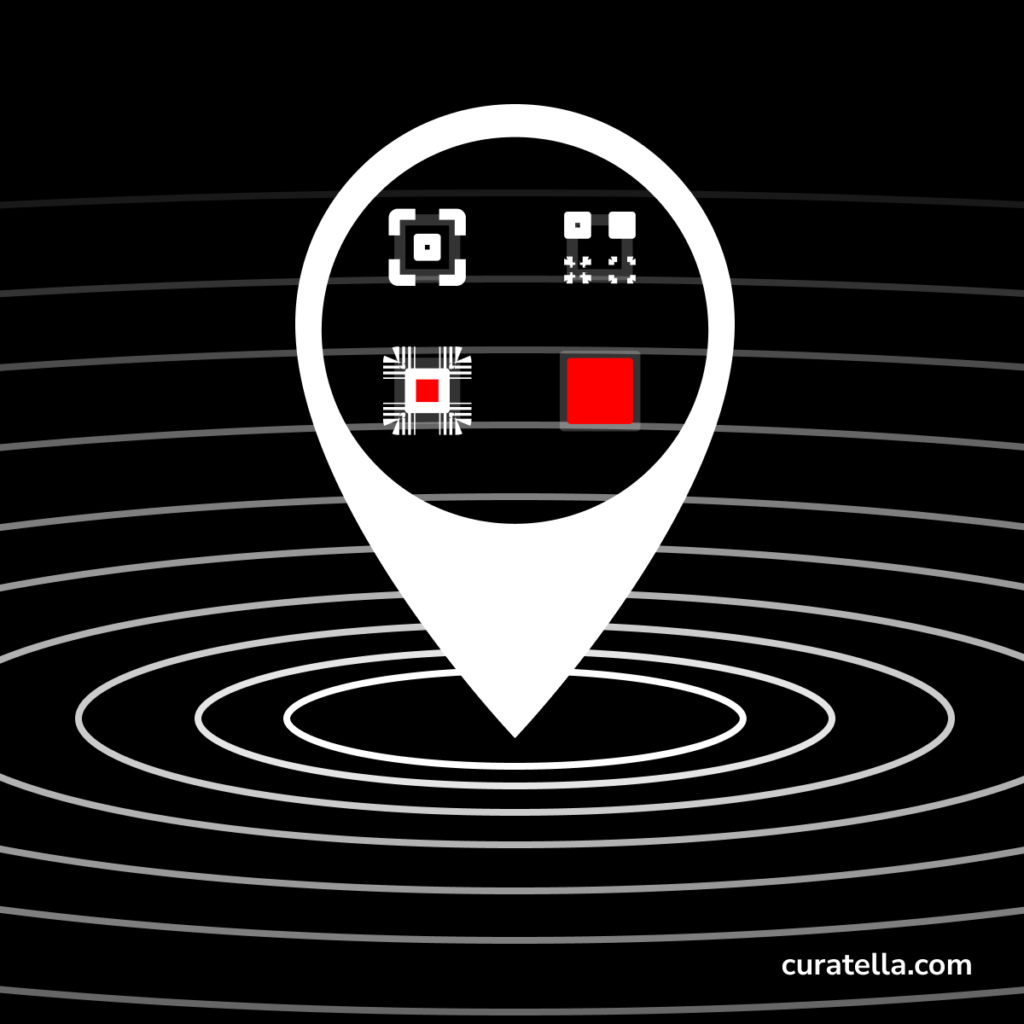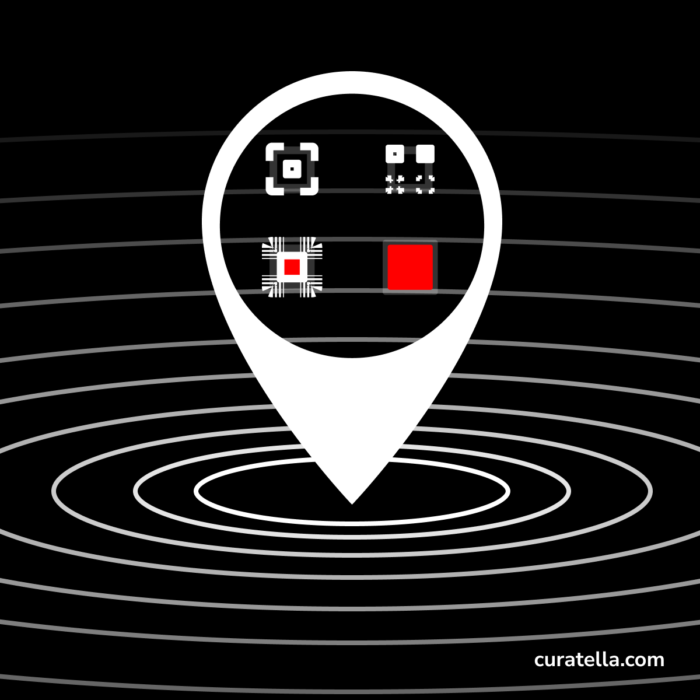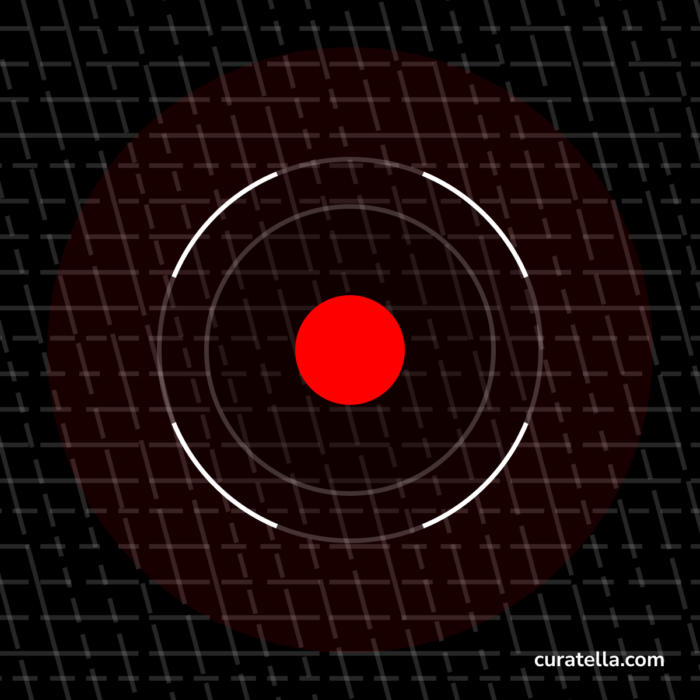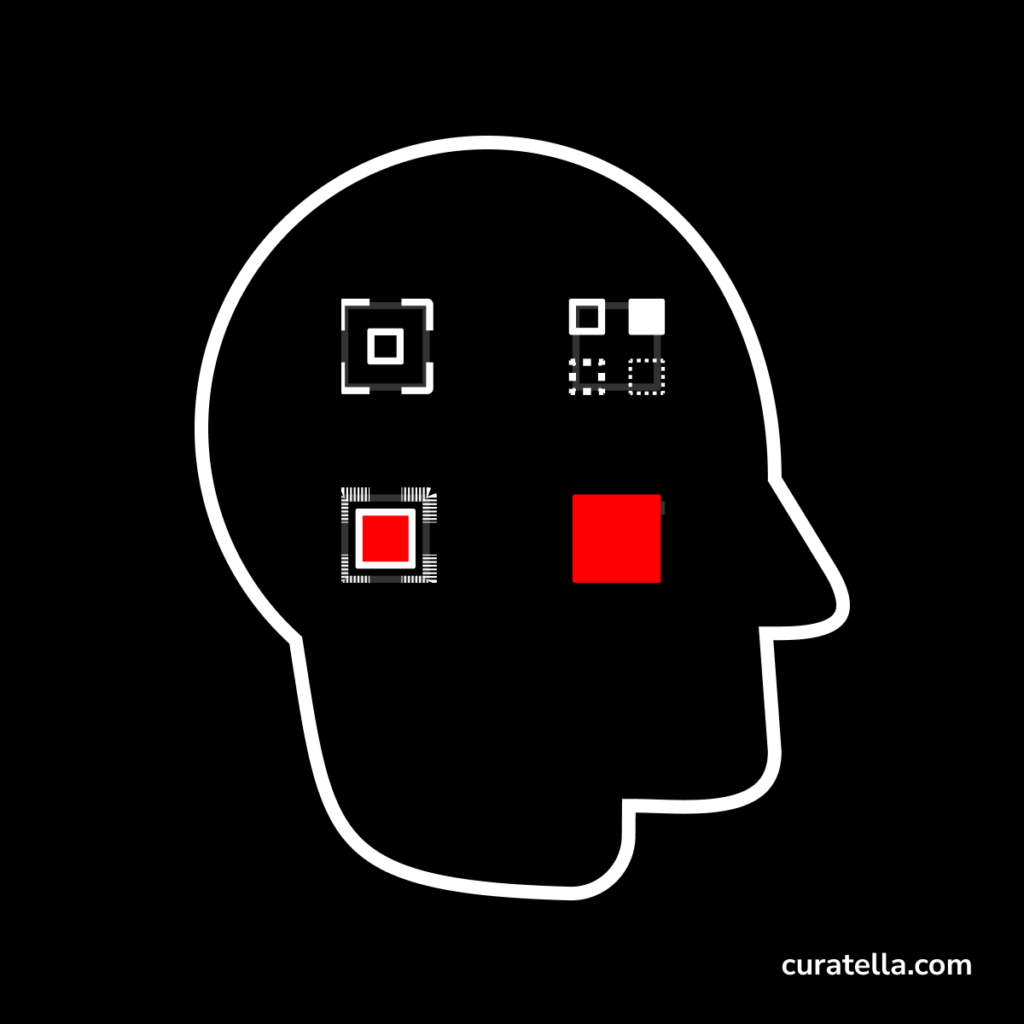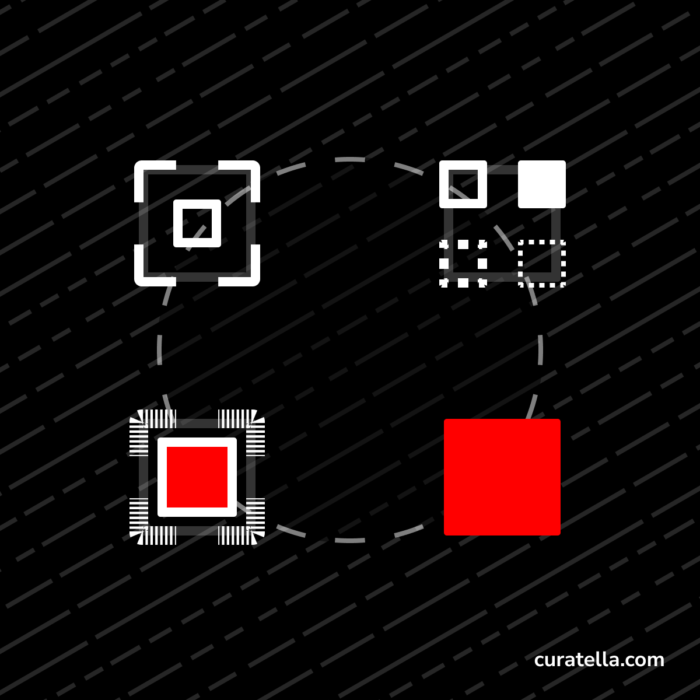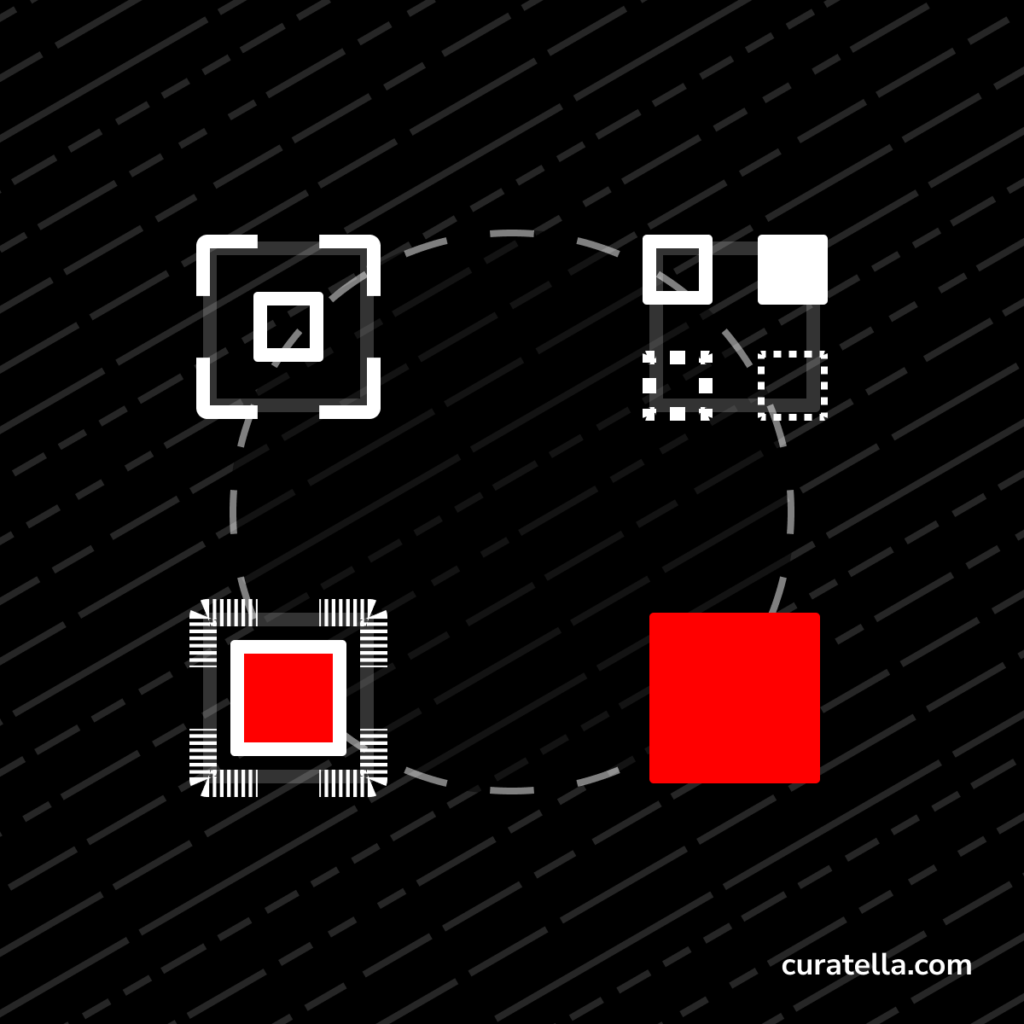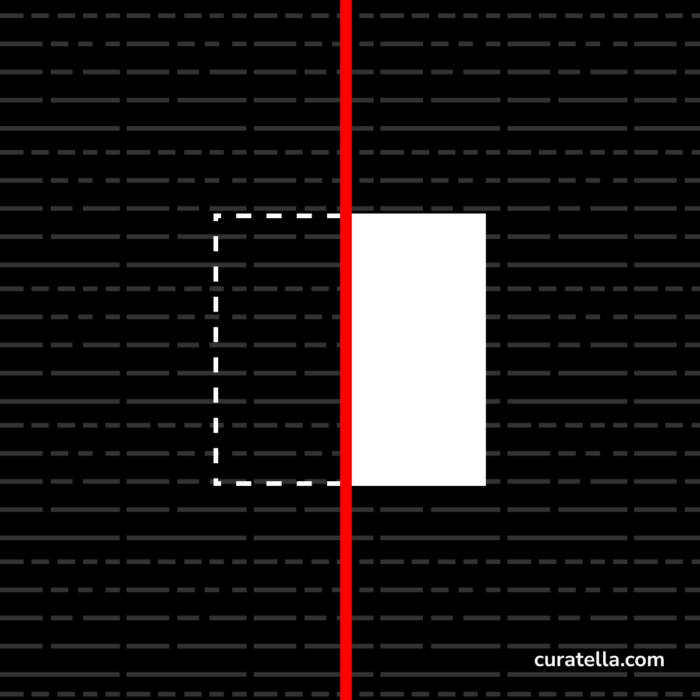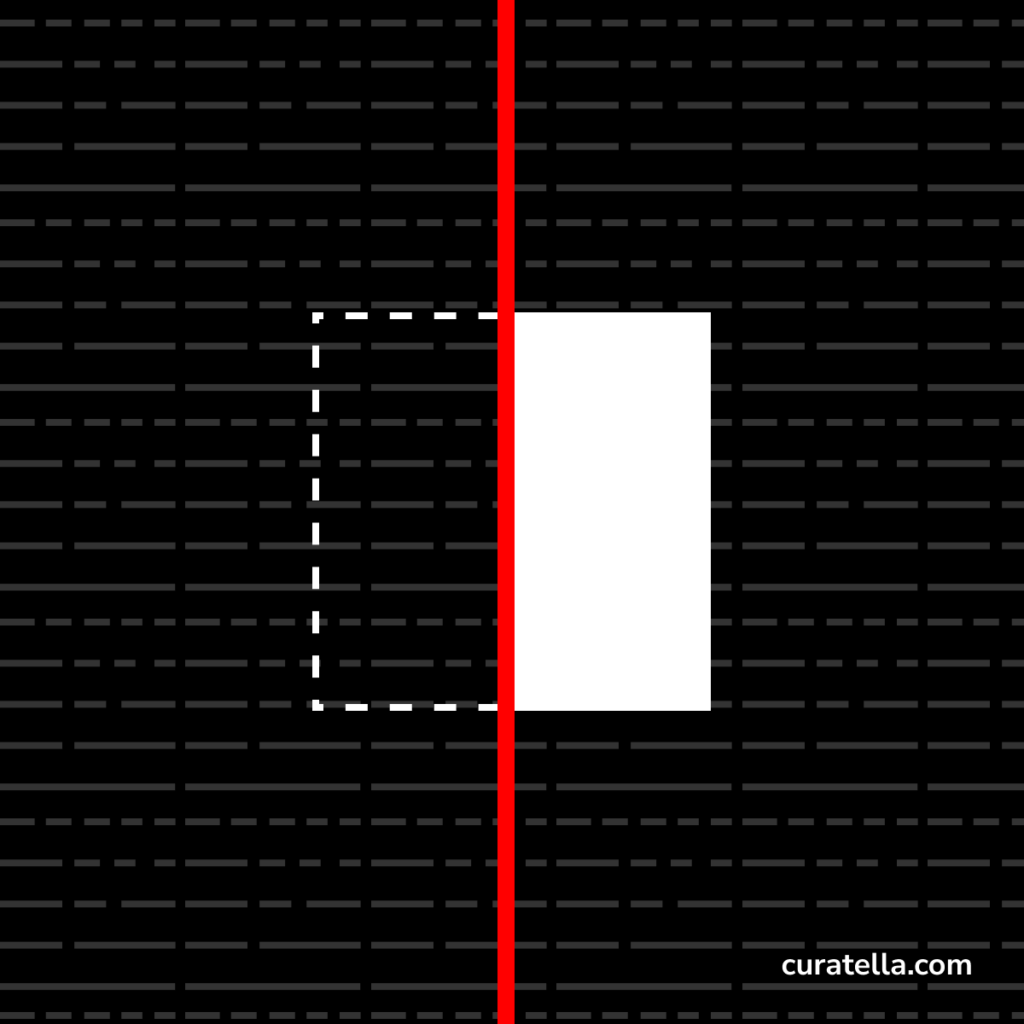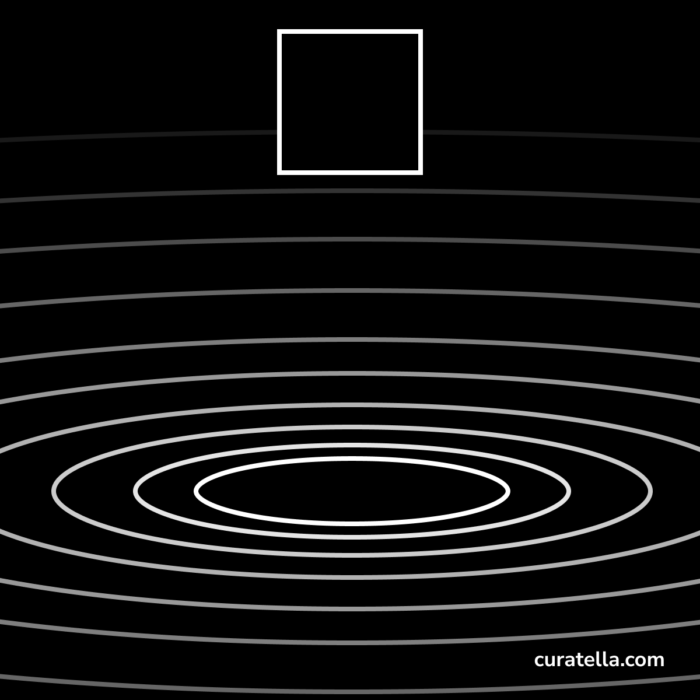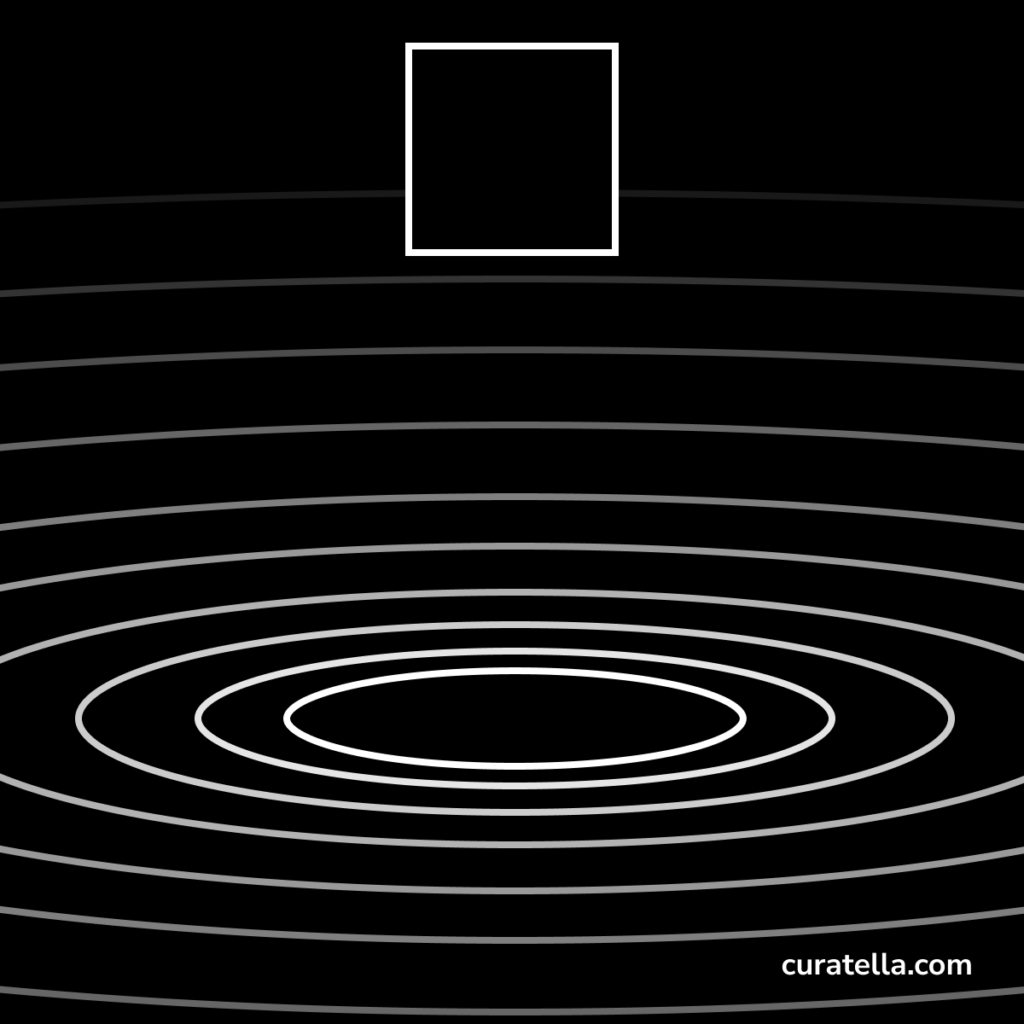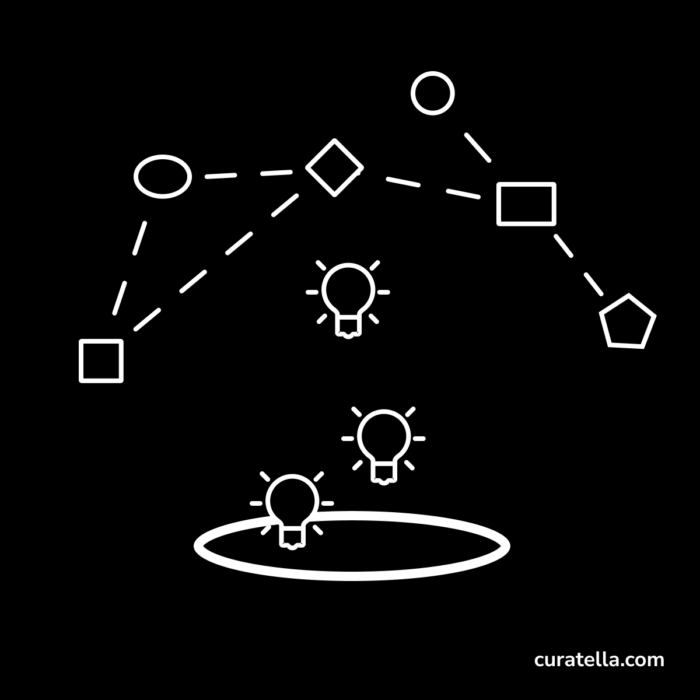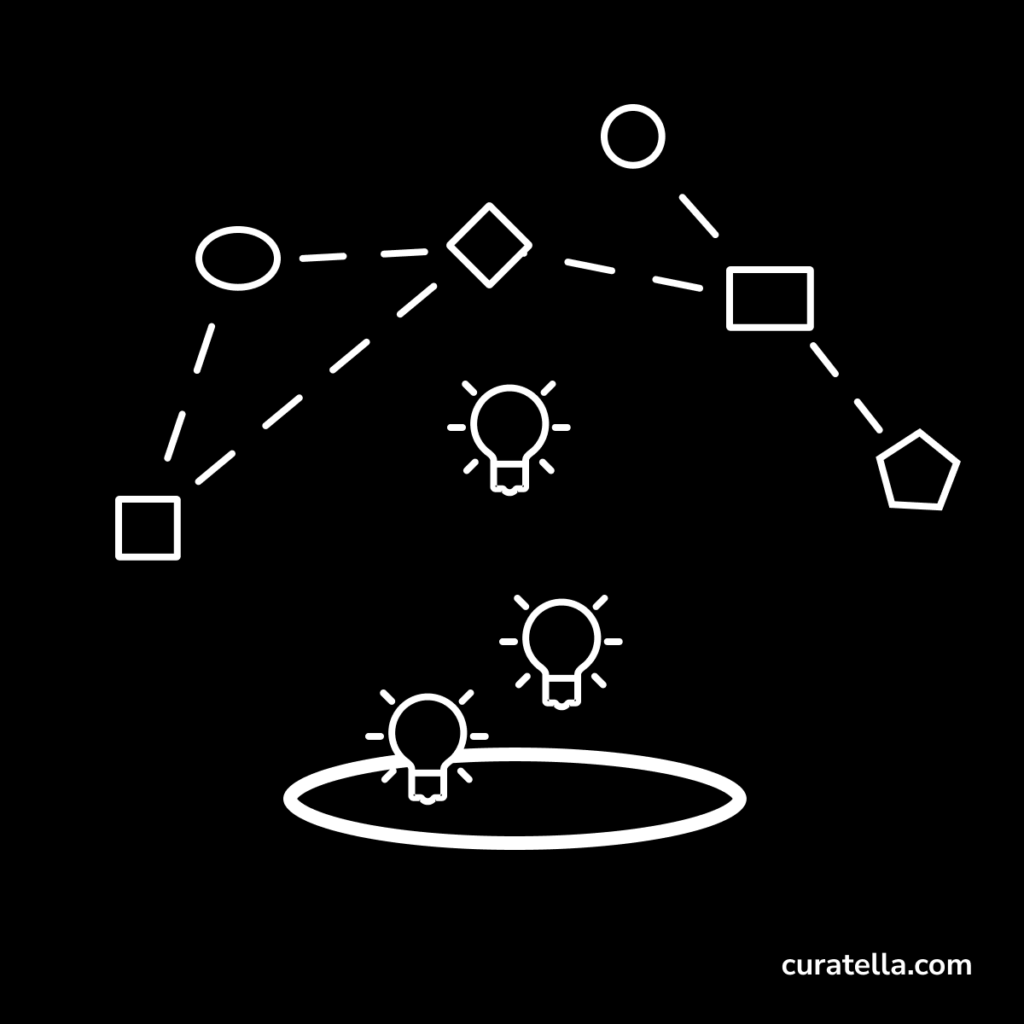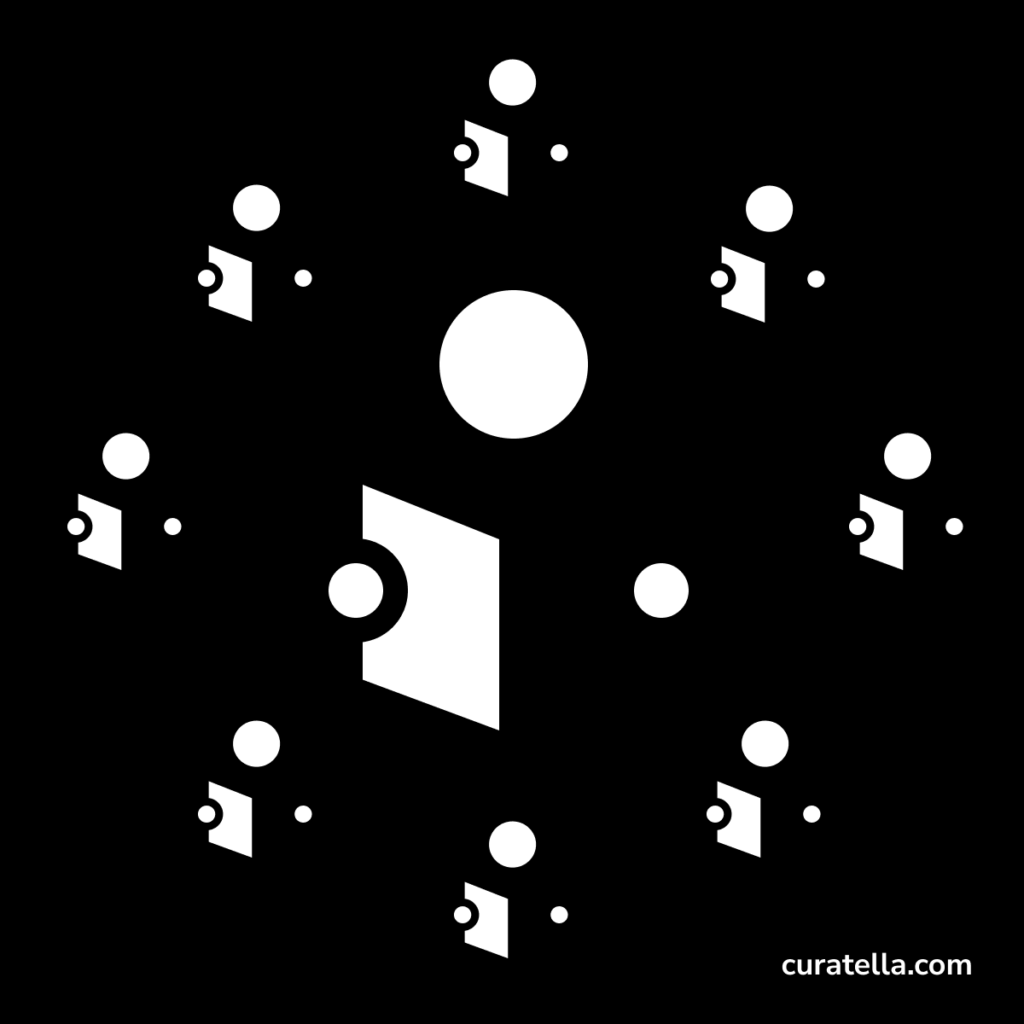Is it a physical place or a virtual place?
If “Where” is a context, it will be in those places where the capturing, the organization, the development, and the sharing of knowledge is happening. I see a connection with “when.” When I am in any place in the world, and I noticed something interesting and relevant and resonating to my interest, that is the place where I want to capture it.
If I am on the go, I need a piece of paper or my smartphone. If I am navigating the Internet on my desktop, the place would be the website I am navigating or the conference call where I am talking. That place is virtual, and it would be easy to plug in a capturing tool.
The organization might be different because if I am on the go with my mobile phone, I might organize the knowledge that I’ve captured or that I’m about to capture or the idea that I am to develop. It’s not as easy as having a laptop or a desktop, or a notebook. But again, the portability of these kinds of analog or digital technologies will allow me to be anywhere and everywhere.
If I am in a real-life meeting, it might be difficult to use my mobile phone. So it might make sense to write notes on paper. That means that I will need to revise and review my notes at the end of the meeting and enter them into my digital PKM.
The same happens when I’m reading a physical text like a book, an article, a newspaper, or a magazine. The context needs me to digitize the text or the images, and I can use my smartphone again. For instance, using some OCR applications, I could extract the text from any piece of paper and store them in my inbox to be reviewed and organized.
Where does it happen to me to need to search for information? Again, I could be anywhere globally, and I could use my smartphone, which means that I need to have my personal knowledge base online. If I had lost my smartphone, I should still access my PKB at any internet access point or borrow a laptop or a smartphone.
It makes sense to compare the different physical and virtual places against the various stages of my PKM because I might need to use different tools and approaches—the “where” can make a difference in how I do PKM.
The “where” should be everywhere, where you add and retrieve information out of your PKB to write, think and create.
